If you’re reading this, you’re probably planning something a little more spicy than a beach flop.
Maybe Kilimanjaro. Maybe Everest Base Camp. Maybe a gnarly via ferrata in the Dolomites.
Either way, you’ve clocked the same uncomfortable truth I have: when things go wrong on a mountain, you’re a long way from an A&E waiting room.
That’s why I built the little Helicopter Rescue Cost & Trek Risk Checker below. Pop your details in, get a rough risk profile, and (crucially!) see the kind of real-world evacuation costs people end up facing.
Let’s unpack what “helicopter rescue cover” actually means, what it usually costs, and how to make sure you’re not buying a policy that folds the moment the altitude starts.
Ready? Let’s roll.
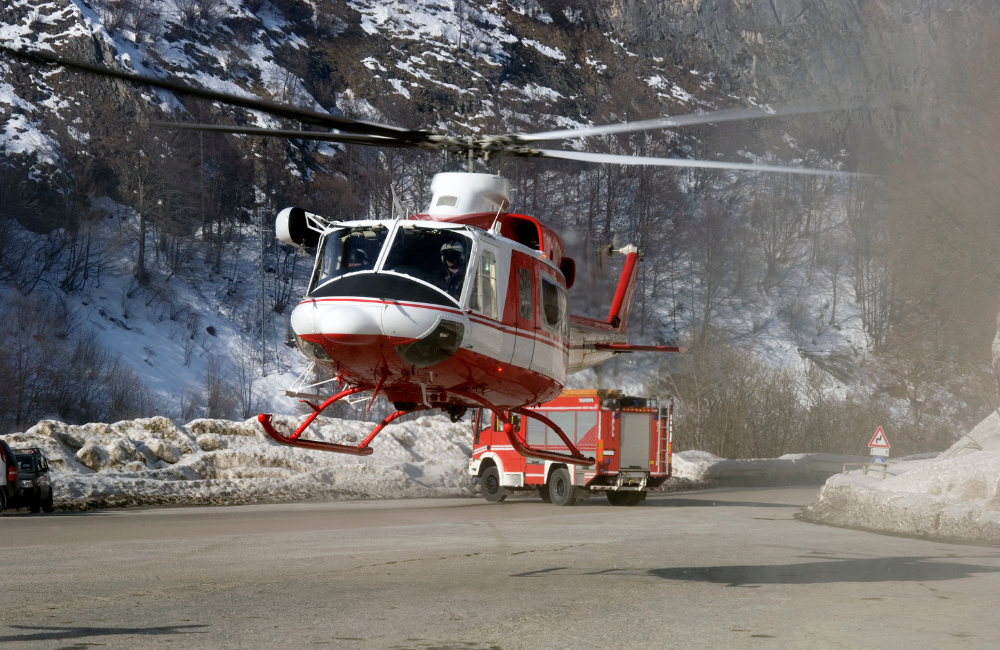
What Counts as “Helicopter Rescue” Anyway?
In travel insurance land, helicopter rescue usually sits under emergency medical evacuation.
That means a helicopter is used to get you to proper medical care when you’re injured or seriously ill and can’t be safely moved any other way.
It’s not the same as:
- being airlifted because you’re tired and want to go home early, or
- a “search mission” because you wandered off route and got lost.
That difference matters a lot, and I’ll come back to it.
Now, on to my handy helicopter rescue cost and altitude sickness risk checker tool.
Helicopter Rescue Cost & Trek Risk Checker
Pop in your trek details for a rough risk profile and a real-world helicopter evacuation cost range. This is a planning estimate, not a medical assessment or a binding quote.
Your risk profile
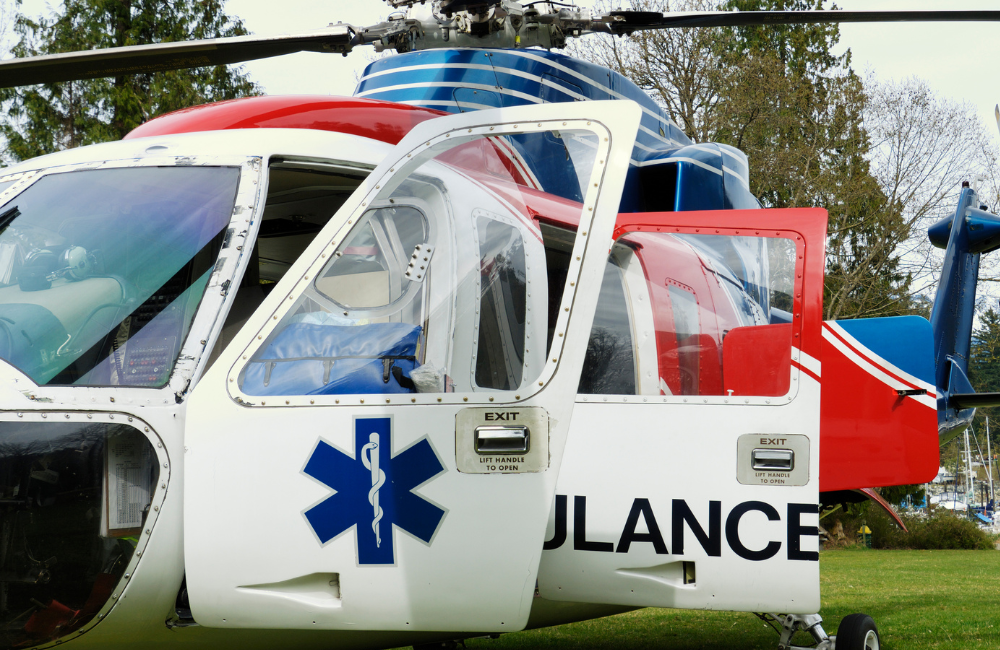
How Much Does a Helicopter Rescue Cost?
Short version: thousands, and sometimes eye-watering tens of thousands.
Costs depend on altitude, remoteness, permits, weather, number of flight hours, and where you are in the world. Published examples and operator guidance put typical rescues in these ranges:
- Kilimanjaro: Often around $5,000–$10,000, depending on where the helicopter can land and how high you are.
- Nepal Himalaya (e.g., Everest Base Camp/Annapurna regions): Commonly $4,500–$10,000+ per person for evac flights.
- Dolomites / Italian Alps: Helicopters can be billed by the minute, and bills over €10k happen. One trekking guide estimates about €90 per flight minute.
- French Alps: Some rescue services are state funded, so you may not get a bill in certain cases. In neighbouring regions (Italy/Switzerland), you often do.
- Polar regions: In polar regions (especially Antarctica/remote Arctic), a helicopter/medical evacuation can easily run $100,000–$200,000+ per person.
So yeah. Even a “simple” evac can cost more than your whole trip.
Ready for unlimited adventure? Get travel insurance that covers over 150 activities and 190 destinations.
When Does Travel Insurance Cover Helicopter Rescue?
Most adventure insurers do cover helicopter evacuation when it’s medically necessary and authorised by their emergency assistance team.
That “authorised” bit is not fluff. It usually means:
- You or your guide contacts the insurer’s emergency line.
- Their medical team confirms evac is needed.
- They arrange/pay for the helicopter (or reimburse you later if you had to pay first).
If you skip step 1 and just hop into a helicopter because it seemed like a good idea at the time, you can end up in a messy claims fight.
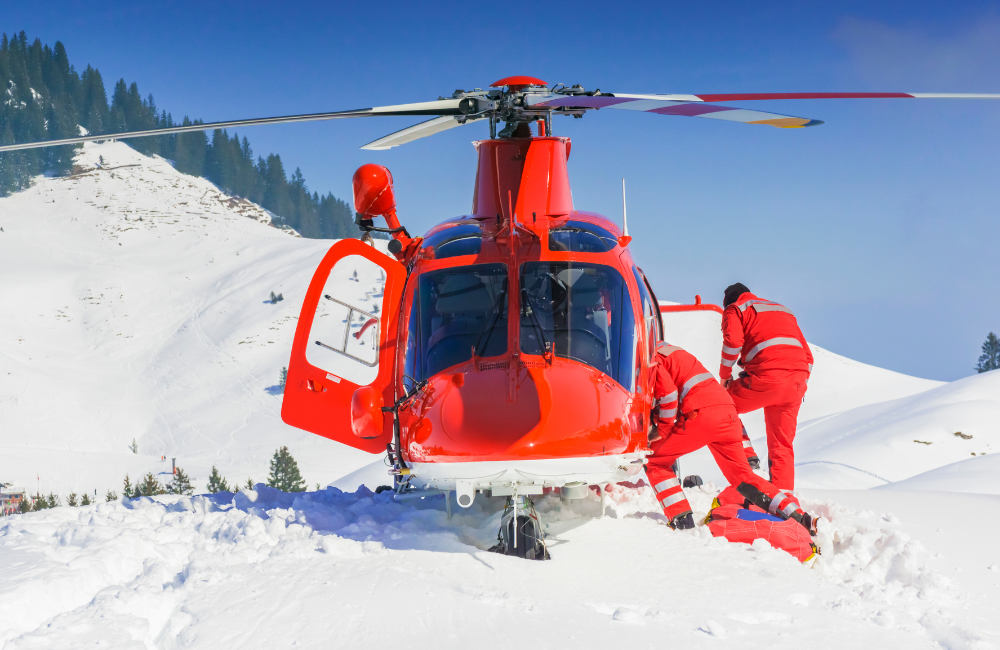
Medical Evacuation Vs Search and Rescue (The Trap People Miss)
Here’s the annoying truth: many policies will pay for a helicopter to evacuate you if you’re ill or injured, but won’t pay for a helicopter to find you if you’re lost.
So if you stray off-route, disappear into cloud, and local rescue teams launch a search, that may fall outside cover unless your policy explicitly includes search and rescue benefits.
Ready for unlimited adventure? Get travel insurance that covers over 150 activities and 190 destinations.
What to check in your policy before you trek
You don’t need to read 40 pages of policy wording with a highlighter. Just check these:
Emergency Medical Limit
Heli rescue usually comes out of your emergency medical pot. Make sure it’s high enough for remote places. Big trekking insurers typically offer multi-million medical limits.
Altitude and Activity Limits
If the policy says it covers trekking to 4,600m and you’re going to 5,895m… you already know how that ends. Many trekking policies require you to select the correct altitude/activity band.
Authorisation Requirement
Most insurers say helicopter rescue must be medically necessary and approved by their assistance team, not self-selected.
Excess and Sub-limits
Some policies have heli-specific caps (like £5k) even when medical limits are high. That’s worth spotting early.
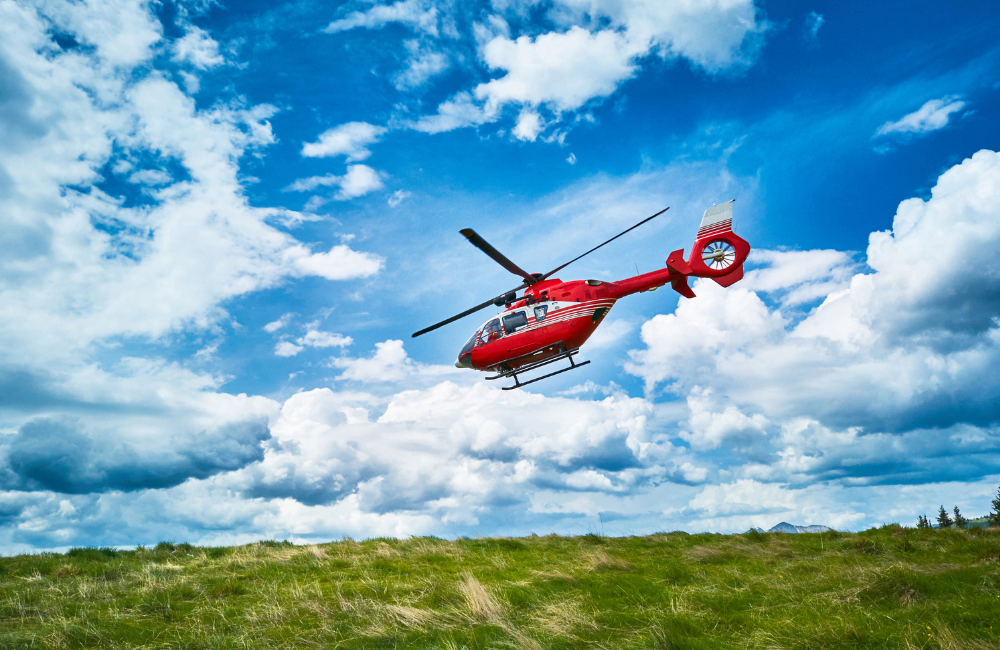
Do You Usually Have to Pay Upfront?
Sometimes yes, sometimes no. In places like Nepal, operators may ask for a deposit or proof of cover first. In others, the insurer coordinates payment directly once authorised.
My rule: assume you might need to front some costs and keep a credit limit available, then be pleasantly surprised if you don’t.
How to Lower Your Chances of Needing a Helicopter
I’ll keep this simple. No lecture, just real-world basics:
- Take acclimatisation seriously. Most evac flights in high-altitude regions are altitude-related, not dramatic falls.
- Don’t rush your itinerary. Faster ascent = higher risk.
- Go with a reputable operator. Good guides spot trouble early and know the right evacuation protocols.
- Be honest about fitness and health. Nobody wins if you pretend you’re more conditioned than you are.
This doesn’t make you invincible. It just moves the odds in your favour.
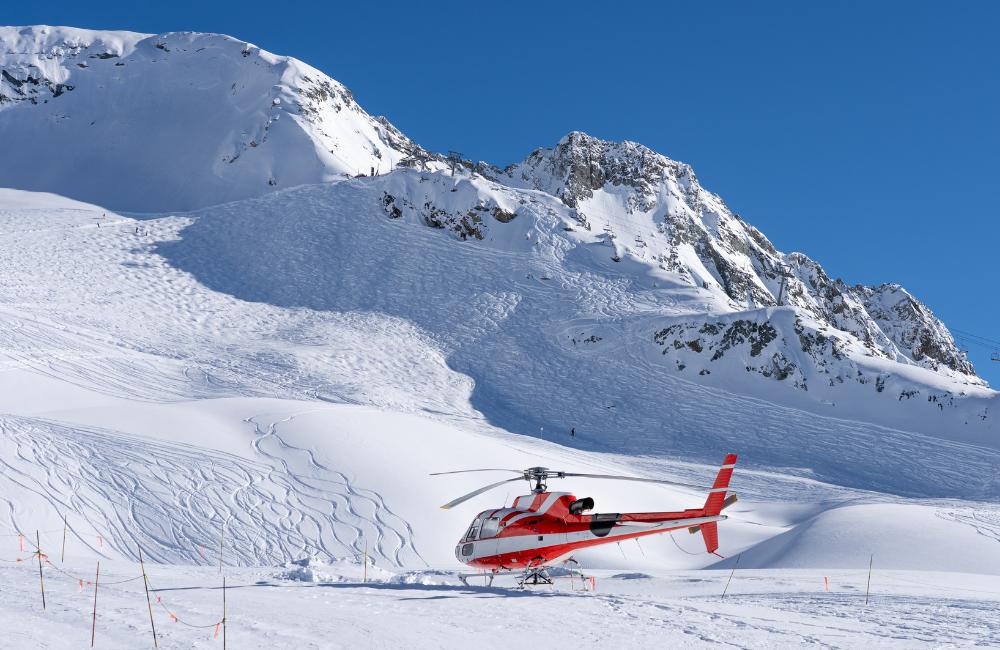
Common Questions I Get About Helicopter Rescue Cover
If you’re feeling confused, you’re not alone. I often get asked a bunch of questions about trekking insurance with helicopter rescue. Here are the most common questions:
Is Helicopter Rescue Included in Normal Travel Insurance?
Often not. Standard holiday policies may cover hiking on marked trails but exclude high-altitude trekking or helicopter rescue for those activities.
If you’re trekking high, you want a policy that explicitly includes trekking/altitude and helicopter evacuation.
Do I Need Helicopter Rescue Cover for Kilimanjaro?
Yes. Rescue on Kili can involve helicopter evac and costs commonly enter the $5k–$10k zone.
Even if your operator is good at getting people down on foot, helicopters are used for serious cases, and you don’t want to gamble against that bill.
Ready for unlimited adventure? Get travel insurance that covers over 150 activities and 190 destinations.
Do I Need It for Everest Base Camp or Annapurna?
Absolutely. Helicopter evac is a known part of the medical safety net in Nepal’s trekking regions, and typical costs are several thousand dollars.
What about the Alps or Dolomites?
Still worth having. Rescue may be free in parts of France, but in Italy and Switzerland it’s often billed, and in the Dolomites helicopter minutes can add up quickly.
Will GHIC/EHIC Cover Helicopter Rescue in Europe?
GHIC/EHIC can help with state-provided medical treatment, but it doesn’t replace travel insurance and won’t reliably cover mountain rescue or private evacuation. Think of it as a safety supplement, not your main plan.
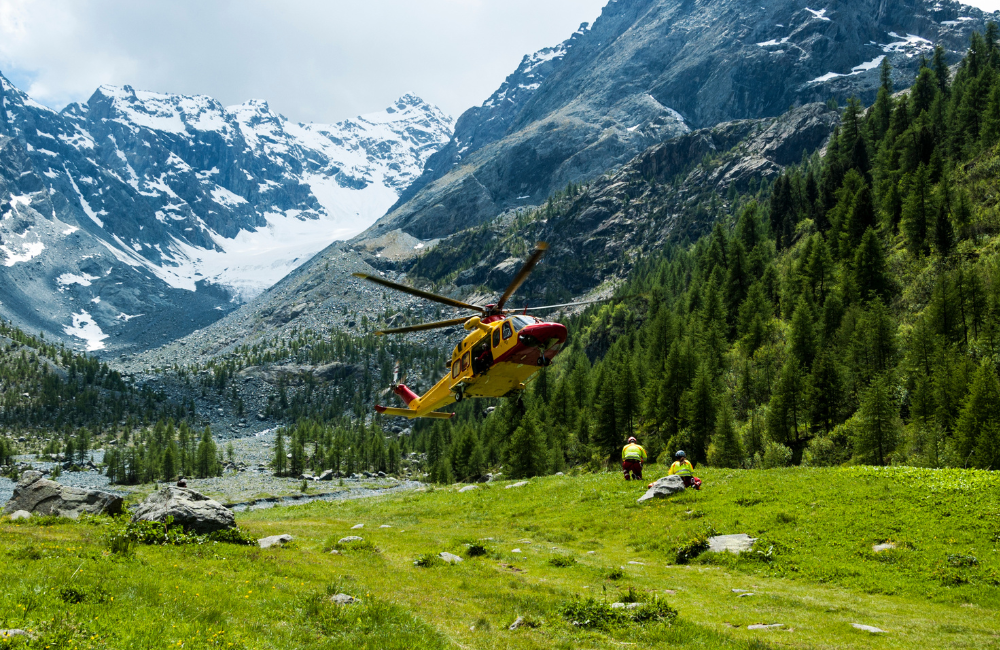
If I’m Lost, Will My Insurance Pay for the Helicopter to Find Me?
Not always. Many policies exclude search and rescue for being lost, even if they cover medical evacuation. If you want that cover, look for a clear “search and rescue” benefit.
What if I’m Trekking Solo?
Solo trekking can change everything. Some policies exclude or restrict solo treks (just look at our activities to get an idea), especially at altitude. Check the “solo trekking/mountaineering” clauses and don’t assume you’re covered.
Is Helicopter Rescue the Same as an Air Ambulance?
Pretty much, but context matters. A helicopter evac is usually short-range (mountain to clinic). “Air ambulance” can include longer flights between cities/countries. Both typically fall under emergency medical evacuation.
Ready for unlimited adventure? Get travel insurance that covers over 150 activities and 190 destinations.
Can Insurers Refuse a Claim?
Yes, if:
- you weren’t doing a covered activity,
- you exceeded the altitude limit you bought,
- evac wasn’t medically necessary, or
- you didn’t contact the emergency line for authorisation.
That’s why matching your policy to your trek matters more than the price.
What Details Should I Keep Handy on the Trek?
I always travel with:
- my policy number,
- insurer emergency contact,
- my operator’s local emergency plan,
- copies of key documents offline.
If a guide needs to call an evacuation, you want that info ready, not buried in a spam folder.
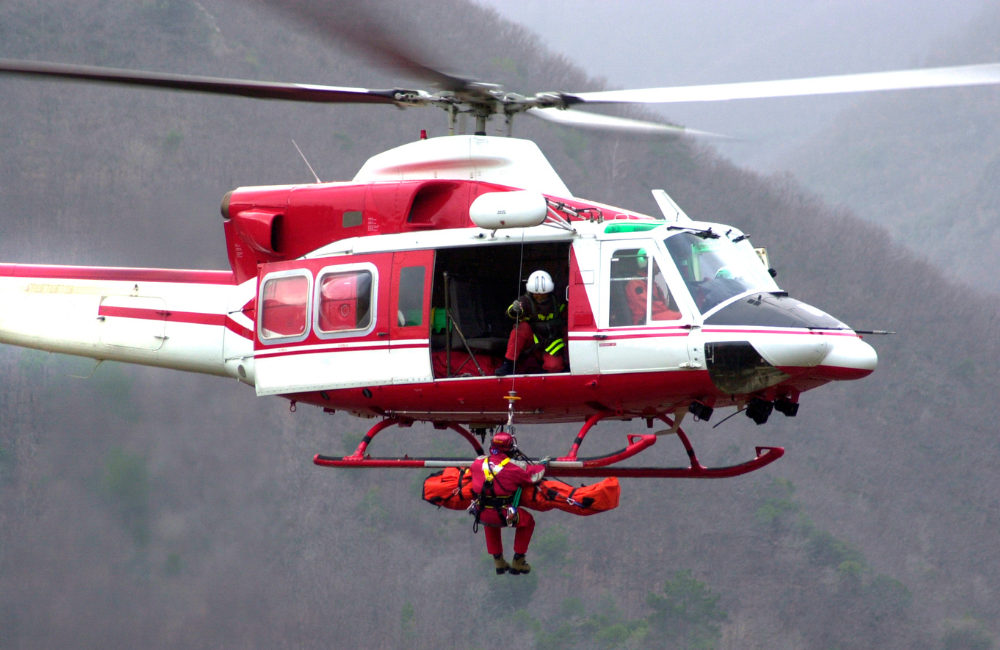
My Final Thoughts
And there you have it: If you’re trekking high or remote, helicopter rescue cover isn’t a luxury. It’s the difference between a scary day in the mountains and a financially catastrophic one.
Use the tool at the top to get a feel for your risk and the kind of evac costs people face in your region. Then make sure your policy clearly covers:
- your altitude,
- your activities,
- medical evacuation.
When you’re ready, grab a proper quote that matches your trek and gives you genuine peace of mind.
